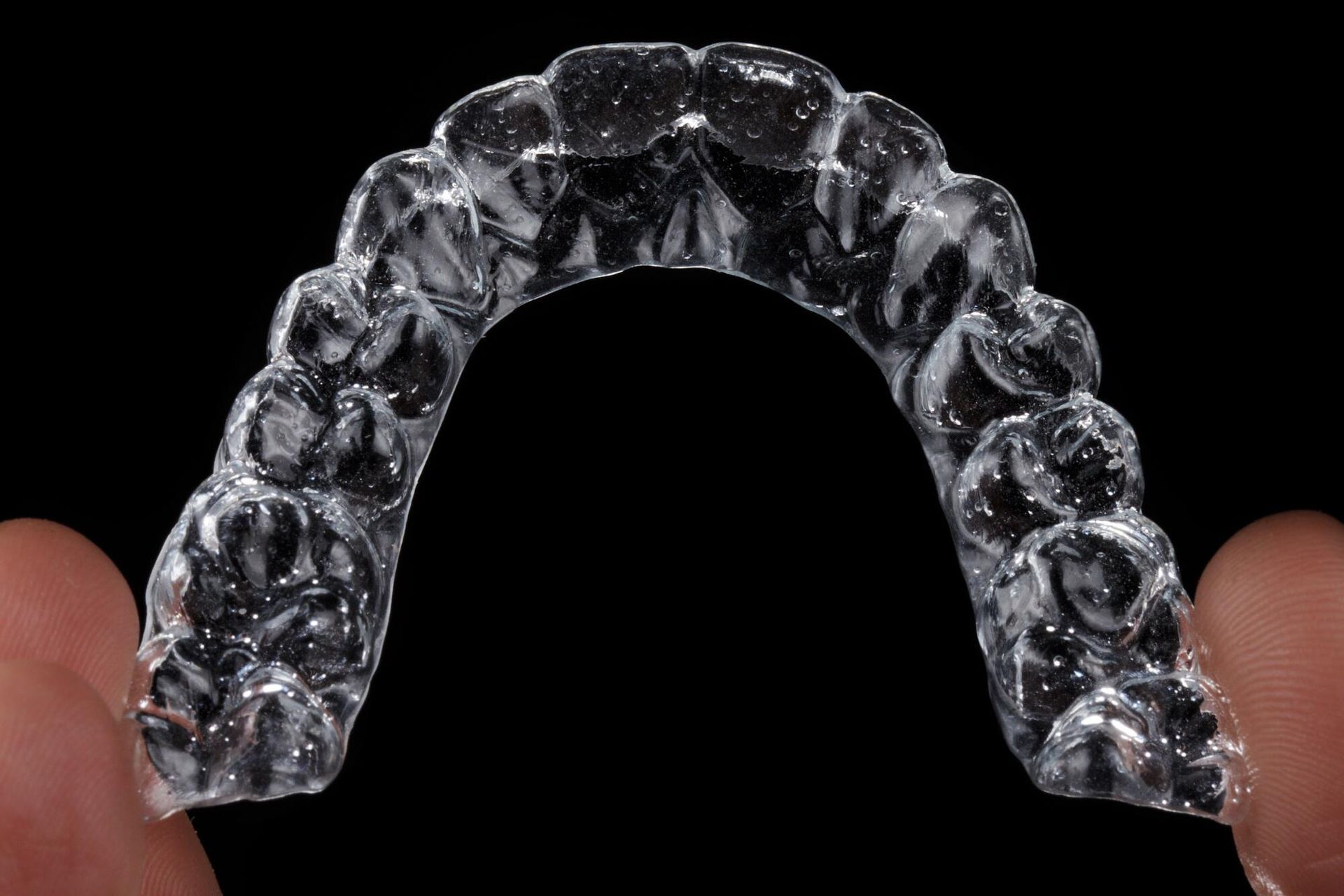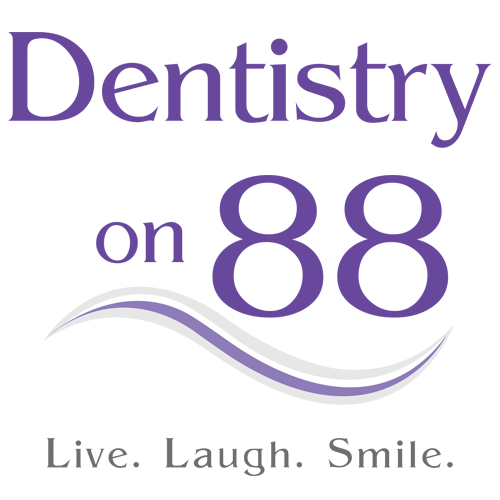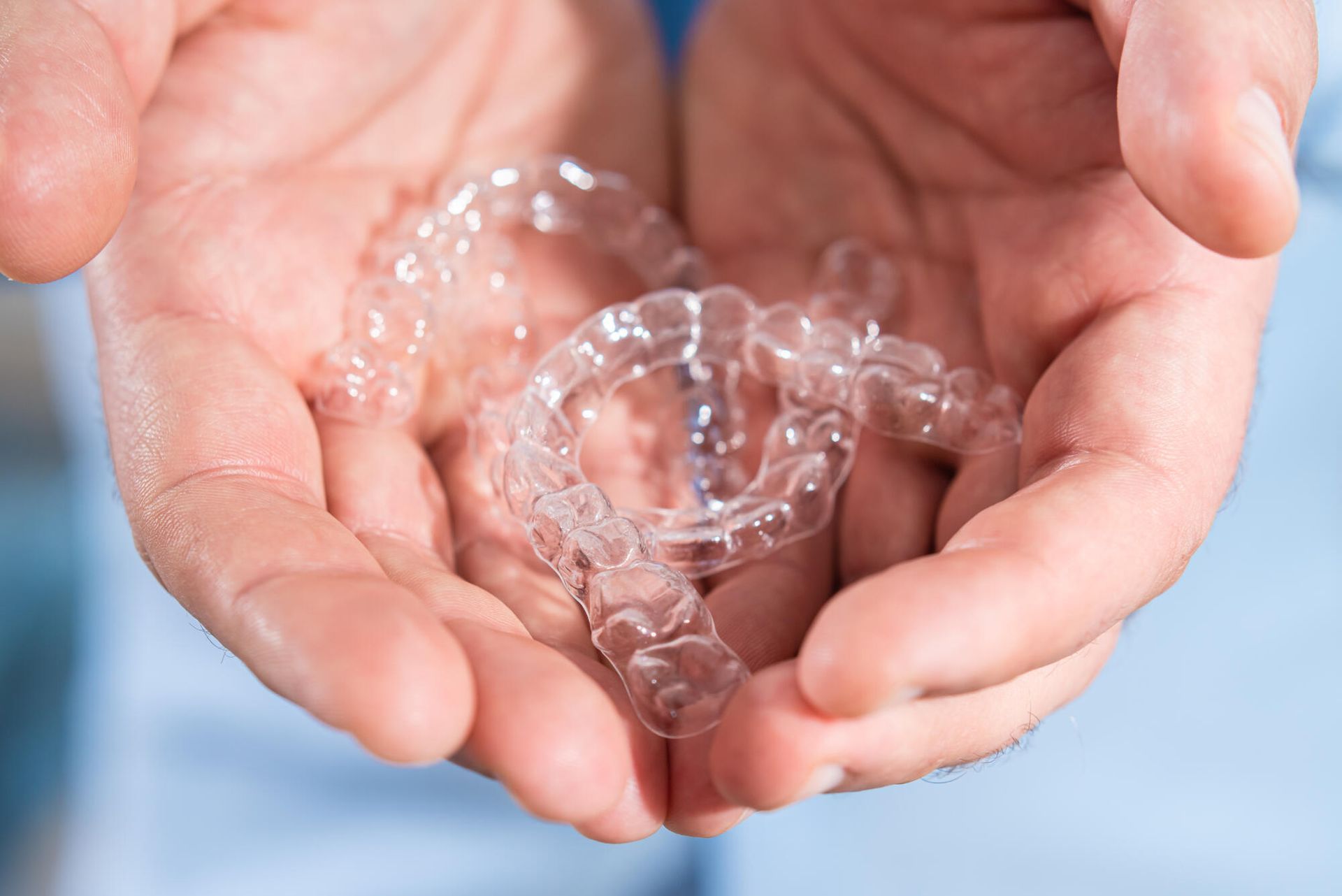Learn All About Teeth Whitening Options
Dr. Arif Virani
D.M.D
Dr. Arif Virani attained his Doctor of Dental Medicine degree from the University of Pennsylvania.
He performs an assortment of treatments in general dentistry for young children, adults and seniors. Dr. Virani’s passion in dentistry include services such as dental implants, gum grafting and wisdom teeth removal.
When he isn’t working, he enjoys working out, playing sports and keeping up with all the Toronto sports teams. He plays softball in the Bradford Sluggers league. As well, he enjoys dining at new restaurants and spending quality time with his family and friends.
Dr. Virani looks forward to providing you and your family with dental care in a warm and relaxing environment.
Want a brighter smile? When it comes to tooth whitening, you’ve got several options, including whitening toothpaste, whitening rinses, over-the-counter whitening products, take-home whitening and in-office whitening. There are both pros and cons with each option, so be sure to talk to your dentist to learn more.
Teeth whitening is best suited for people who have healthy teeth as well as healthy gums. Individuals with yellowing of the teeth experience the best results.
Whitening Toothpaste
How they work: You can pick up a whitening toothpaste at practically every supermarket in the country. Whitening toothpaste remove surface stains from teeth.
Pros:
- Easily the cheapest option on the market (very affordable)
- Some contain gentle polishing or chemical agents that provide additional stain removal effectiveness
Cons:
- Some are designed to be abrasive, so they scratch surface stains from the teeth without whitening the teeth.
- Use in conjunction with an electric toothbrush should be avoided as the abrasion will be at a level that can be damaging to teeth.
Whitening Rinses
How they work: Specialized whitening rinses usually contain hydrogen peroxide, which whitens teeth. You simply swish them around your mouth twice a day after brushing your teeth.
Pros:
- They freshen your breath and help to reduce dental plaque and gum disease
- They only require a couple of minutes per day to work
- Are usually gentle on the tooth’s enamel while also working to strengthen it
Cons:
- They are not the most effective teeth whitening treatment as the rinse is only in contact with the teeth for short times
- It can take from 4 to 12 weeks to see results
- The solution may cause irritation due to its high alcohol content
Over-the-Counter Whitening Products
How they work: OTC products include whitening strips, gels and tray-based tooth whitening systems. Teeth whitening gels include peroxide and are applied with a small brush directly to the surface of your teeth. Teeth-whitening strips are very thin strips that are coated with a peroxide-based whitening gel. Tray-based tooth whitening systems include a mouth guard-like tray, which is filled with a bleaching gel and placed over the teeth. They all require repeated use for a certain period of time.
Pros:
- While they are not as cheap as toothpaste, these products tend to be fairly affordable
- They generally offer higher concentrations of active ingredients than toothpaste, which means you will see better results compared to using a toothpaste
- Home use is a convenient option
Cons:
- Time and effort required on the patient’s part
- The efficiency of the product staying on the tooth surface for long periods can be limited since it is a one size fits all
- Not all products are as good as others so they may not result in the bright white smile you thought
Take-Home Whitening
How they work: Take-home whitening is a procedure supervised by your dentist. The whitening is completed with a tray that you wear at night. These require a visit to the dentist and impressions to be taken of your teeth so customized whitening trays can be made.
A second appointment is needed where you are given your custom-fitted trays and the whitening gel contained within the trays.
Pros:
- Compared to over-the-counter products, these trays allow the whitening gel to sit right next to the tooth surface for as long as required
- The trays are small, thin and more comfortable to wear than over-the-counter ones
- They have higher concentrations of active ingredients than toothpaste and over-the-counter products, which means you see better and faster results
Cons:
- The main problem is the time and effort required
- It can produce more tooth sensitivity than other products
- This option is more expensive than over-the-counter products
In-office Teeth Whitening
How they work: This procedure requires one appointment to the dentist that takes about an hour. In-office whitening includes the application of a whitening gel used in conjunction with a UV lamp.
Pros:
- It can produce results in as little as 1 hour, however the number of whitening shades brighter in colour may differ on a case by case basis.
- It is convenient as you don’t need to do any of the work yourself
Cons:
- It is the most expensive option (ranges from $500-$1000)
- The procedure isn’t permanent (results generally last up to a year)
To be sure that tooth whitening can offer the results you are looking for, talk to your dentist to explore all options.













